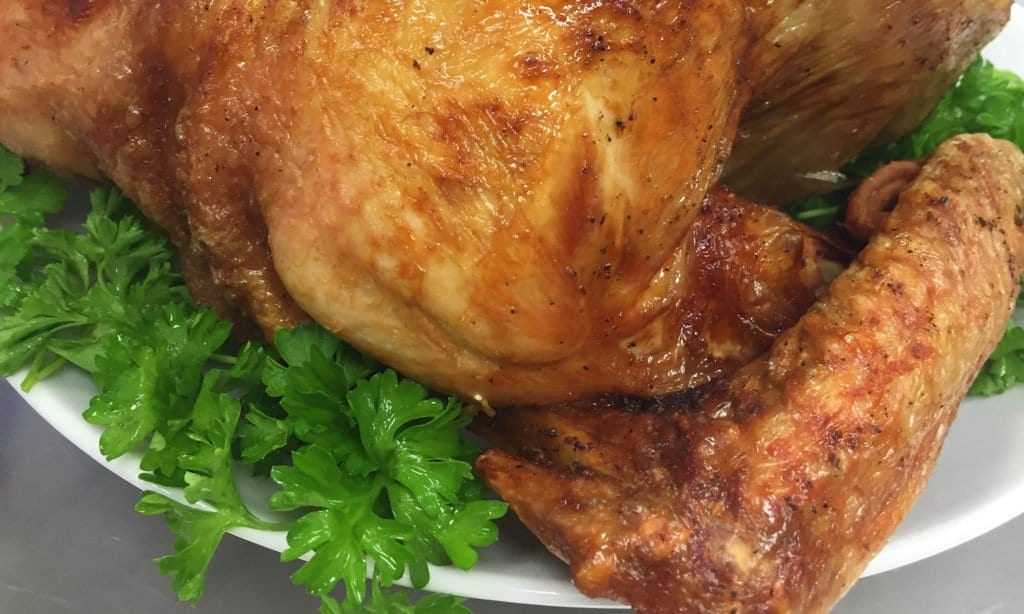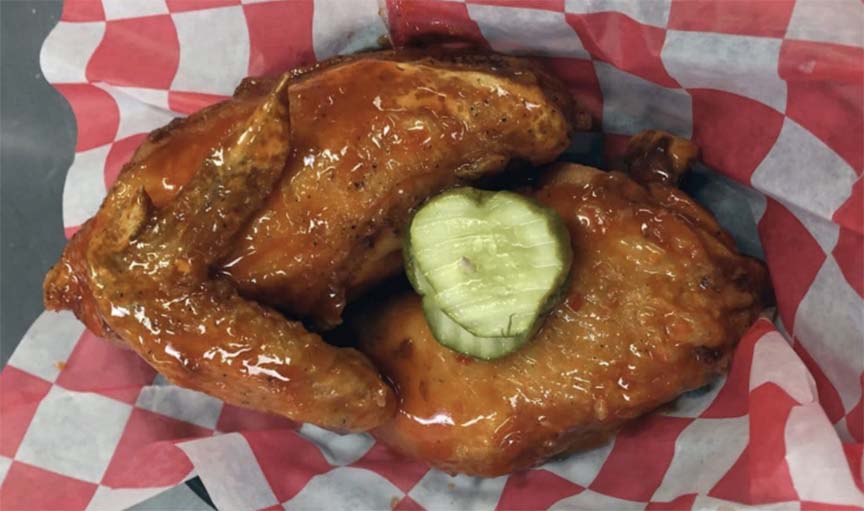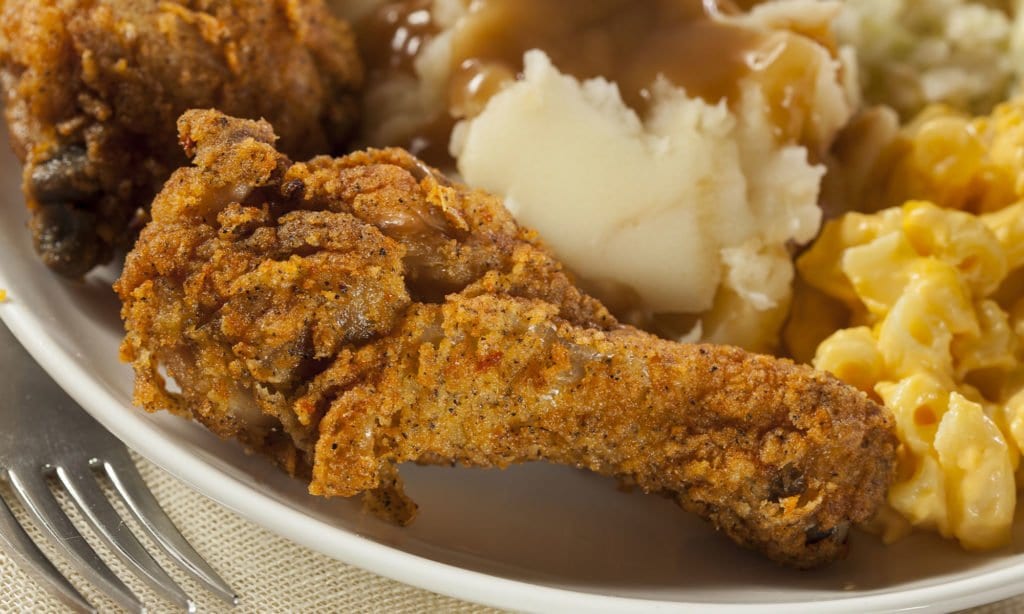Deep Fried Turkey
I have wanted to deep fry a turkey since I took on the role of Corporate Research Chef here at Winston. You see, Winston was built on pressure fryers. For example, the company’s first product was the Collectramatic® Fryer, designed for Colonel Sanders himself. I’m happy to have had the experience! Cooking a turkey is […]










